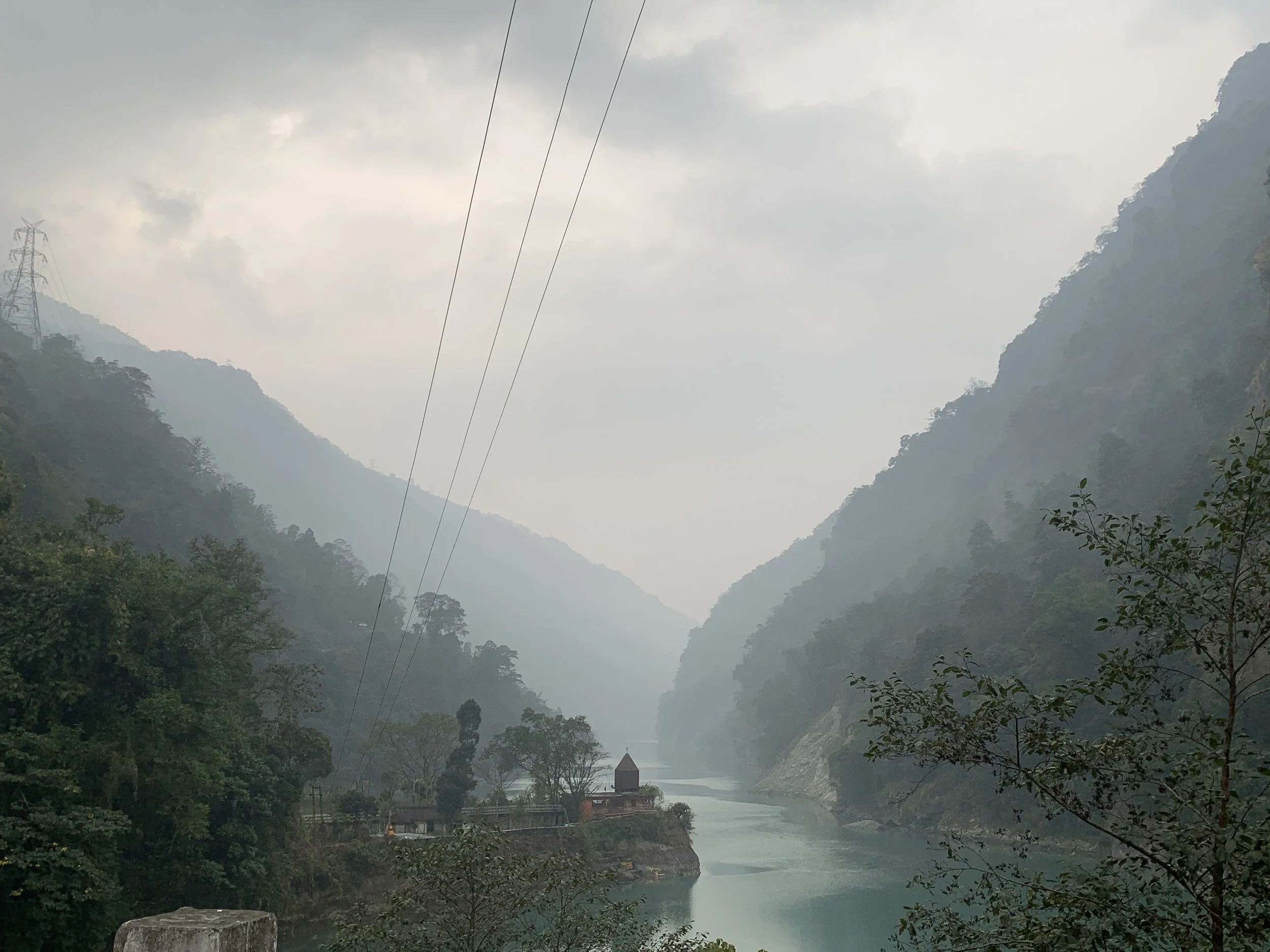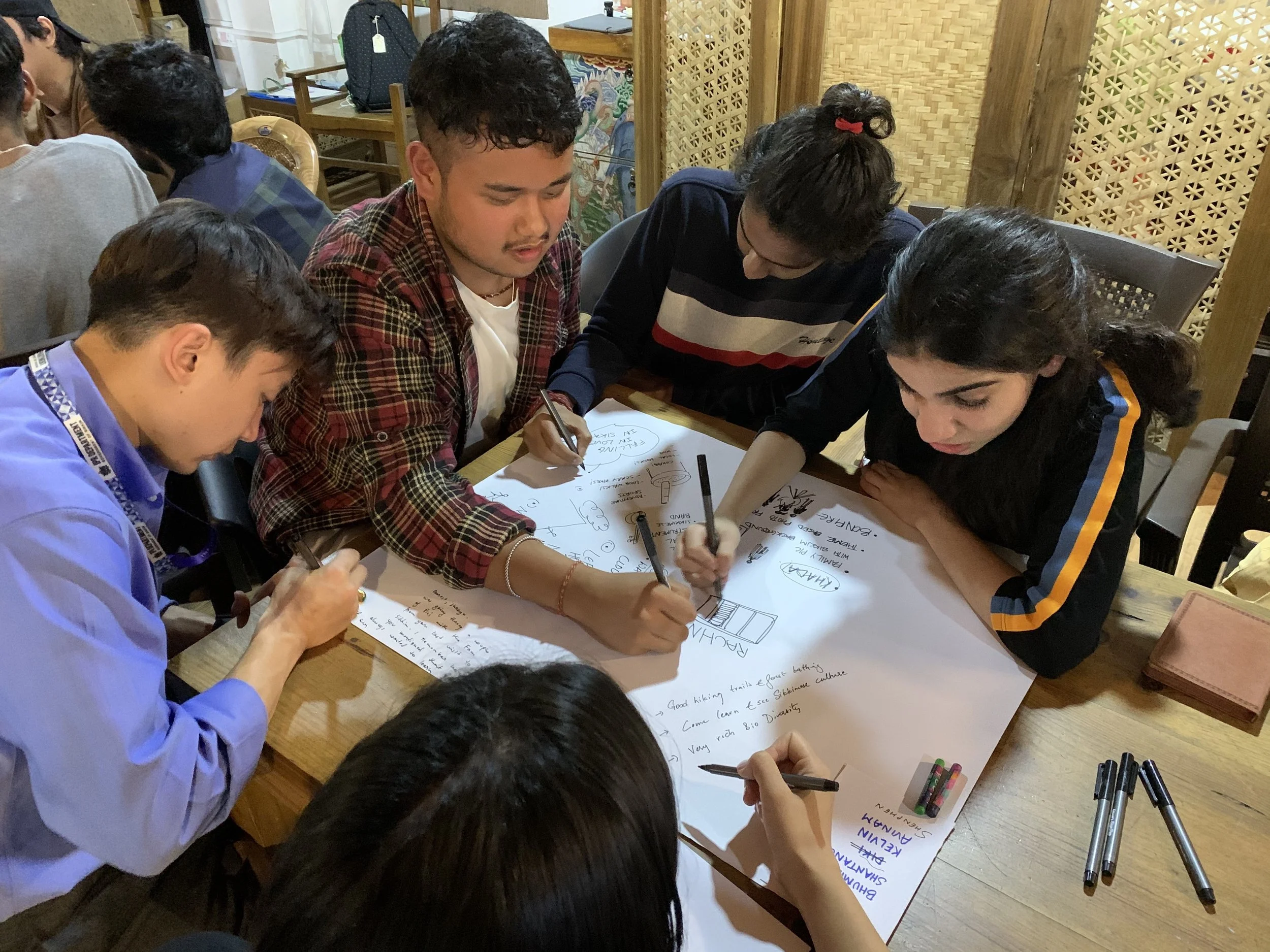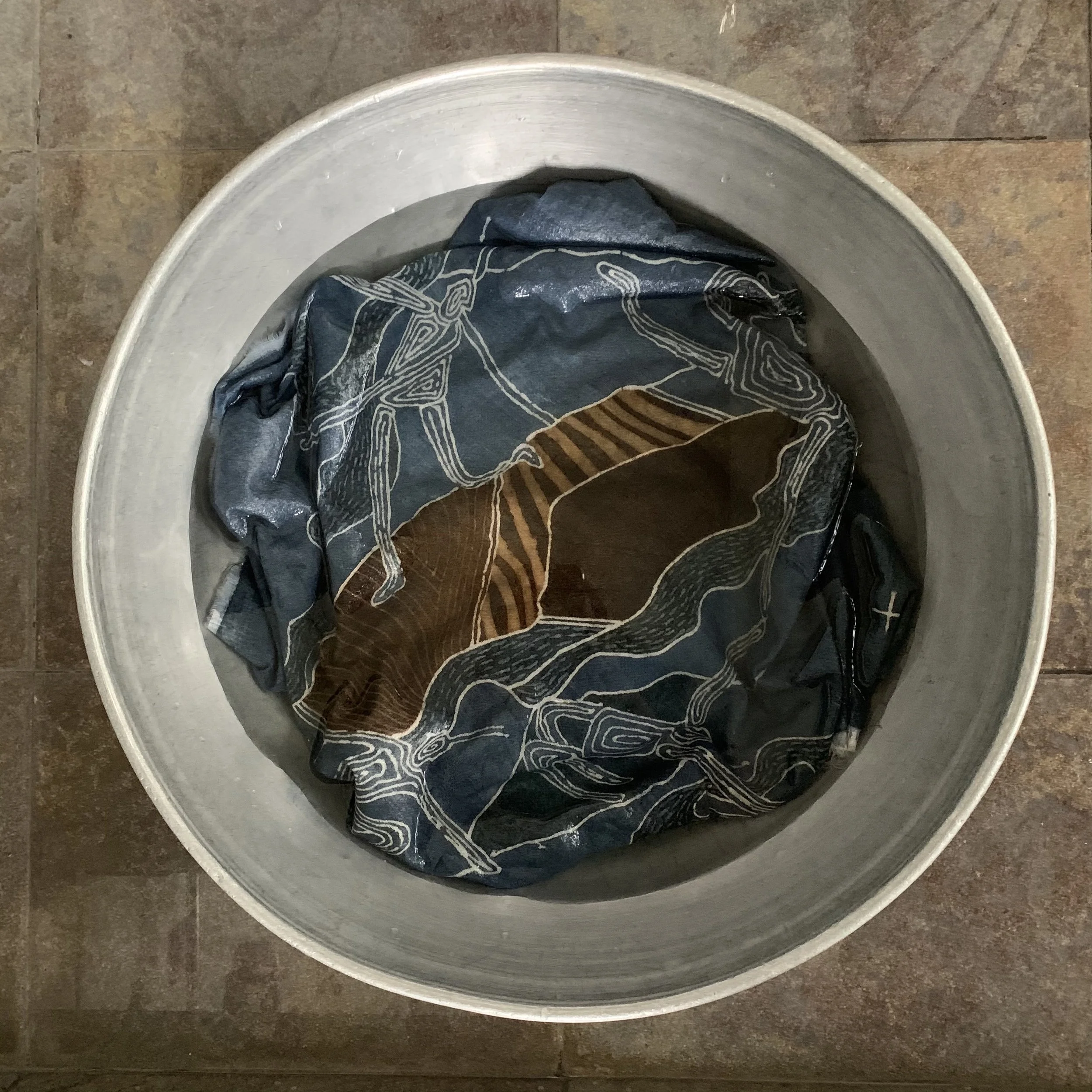Mutanchi
Case Study | 2020
Mutanchi means the coexistence of Humans and Nature in the Lepcha language. This project Sponsored by LA Sikkim, Echostream was done over the span of 8 months. The project started as an exploration and understanding of the culture of Sikkim. Echostream has been working on many sectors in Sikkim, out of which I chose to work with tourism. Sectors like hospitality and activities within tourism were the main target areas.
The opportunity areas that came through were to target a wider audience group coming to Sikkim, enhance the eco-tourism experience, and increase the participation of the local communities in tourism relating activities. The aspect of 'production' called for diving deeper into the ways of producing an item. Sustainability was viewed as a subset of emotional design in this project. Objects that connect emotionally with the user tend to last longer. Hence, this project attempts to target ideologies, targeting consumer behaviour — replacing impulsive consumerism with conscious purchasing.
LA, Sikkim viewed the post-pandemic time as vital to devise a design strategy for the product line that is to be launched. The designer has laid out a 4 step plan for a post-pandemic tourism model where souvenirs play a role in inviting tourist crowds to visit Sikkim and also uses this opportunity to expand the customer base. The design brief entailed developing locally produced textile products that communicate Sikkim's values and morals. This experiential memory artefact attempts to reconnect you to your time in Sikkim. Sikkim's textile industry is currently importing its raw materials from outside the state. This called for establishing a production line in Sikkim itself.
Yuzen-zome, a traditional Japanese dyeing technique that uses rice resist on fabric to create illustrative and freehand patterns on fabric, was explored in the Indian context. This technique was chosen after keeping in mind the ecology of the region. We did not want to introduce techniques that could pollute the holy river Teesta.
Prototyping was done in a makeshift home studio. Even though the project is a hypothesis, the proof of concept helps envision the project to come to reality. The project if put into production can employ more than 50 people across the textile and bamboo industries in Sikkim.


